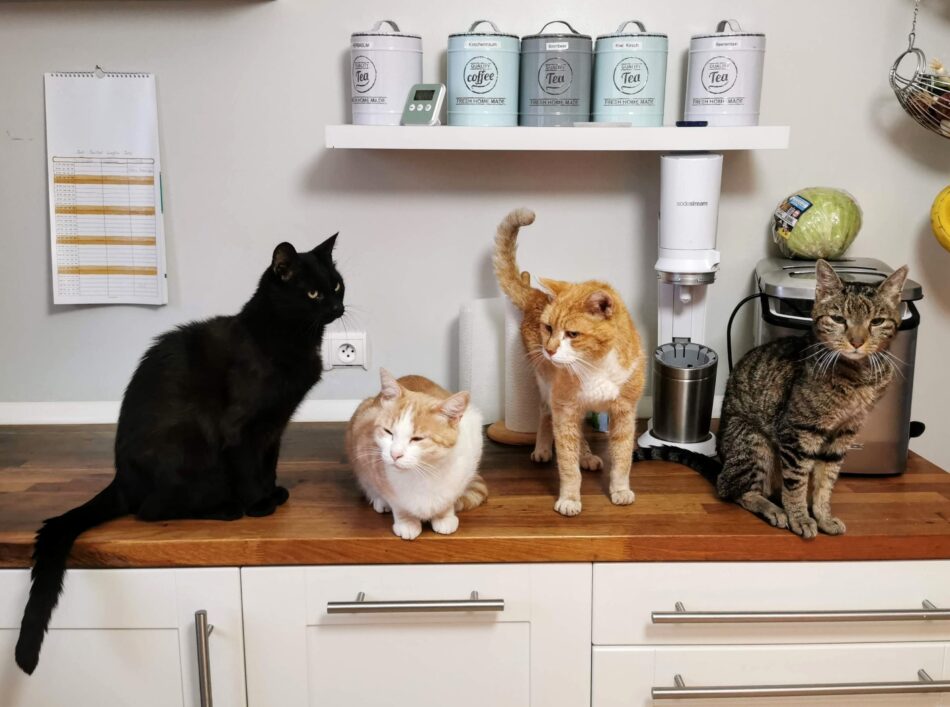
Photo by Dietmar Ludmann on Unsplash
Despite many cats enjoying being independent creatures, according to the PDSA PAW Report, 43% of cats in the UK now live in multi cat households. Whilst it’s understandable why so many of us give in to the temptation of introducing another feline friend into the home, it’s also important to be cautious of the potential onset of cat behavioural issues such as aggressive behaviour i.e. hissing, growling, or chasing as a result of doing so, and to consider if the dynamic of a multi cat household would work for you and your family. However, if you do decide to take the plunge, here are some tips on how you can try and keep the peace.
Plenty of Exercise
Providing your cats with plenty of exercise will help to keep them at a healthy weight and keep them stimulated. Both are important for all cat owners, even those who only have one cat. However, for cats who live amongst other cats, keeping active can aid with avoiding a potential build up of excess energy, which can sometimes manifest itself as aggression towards other cats in the household.
One way to help keep your cats exercised is through play, which will also help to strengthen the bond between you and your furry friend. How about trying the new Omlet catnip wand toys that will encourage your cats to chase and provide them with endless hours of fun. Another great way of exercising your pets is to invest in a cat tree. Cats love climbing and scratching, so a cat tree is one sure way to encourage this and keep them entertained.
Use Pheromone Diffusers
Pheromone diffusers are an odourless plug-in product that works by producing pheromones, or chemical substances, that your cat naturally releases when they either rub against surfaces, scratch at items, bump heads with humans or other cats, or spray. Pheromone products mimic how pheromones would naturally send messages between cats, meaning that they can help in multi cat households to have your cats to feel more relaxed, and reduce their stress levels.
Multiple Litter Boxes
It’s important that your cats have their own litter box when they live with other cats. This is because of their territorial nature, which often means that cats like to ‘claim’ where they go to the bathroom and do not like this area to be shared. If cats feel as though their territory is under threat, this can lead to aggressive behaviour such as fighting.
Furthermore, most cats will refuse to use a dirty litter box, which will likely happen should you only provide a single litter box for several cats, as of course, their waste will accumulate more quickly than if your cats were to have their own. The general rule of thumb is that you should have one litter box per cat, plus one spare to have placed out in your home.
Separate Feeding Stations
Cats like to be alone when they’re eating, meaning that if you have multiple cats, they will require separate feeding stations at mealtimes. When cats are forced to share the same area for feeding time with another cat, it can take away from their predatory instinct to hunt and eat by themselves, which inevitably can induce anxiety and aggressive behaviour. In a multiple cat home, cats may see a shared feeding area as an opportunity to compete for food, which could result in you having a ‘food bully’ on your hands. As well as providing your cats with their own food bowls, give them each a designated space in the home to eat any from any other cats.
Furthermore, creating this divide will help your cats to stay healthy by having them fed equally, or in accordance to their own specific dietary needs, as it ensures one cat cannot access the other’s food. For example, factors such as the age, weight, or medical condition of your cat/s may mean that they have to be fed different diets. Therefore, it’s fundamental that you leave each cat’s bowl out of reach from any potential cat food thieves!
Personal Space
By nature, many cats need their own personal space, even when they’re not eating. It’s a good idea to have an area in the home that they can go to escape to by themselves, away from both humans and other animals. If you have the room, it’s advisable that each of your pets have at least one of their own private areas in the home that they can go to without being disturbed and becoming overwhelmed. This may even be a cardboard box if you’re limited for space, but be sure this is away from the hustle and bustle of the home or outside.
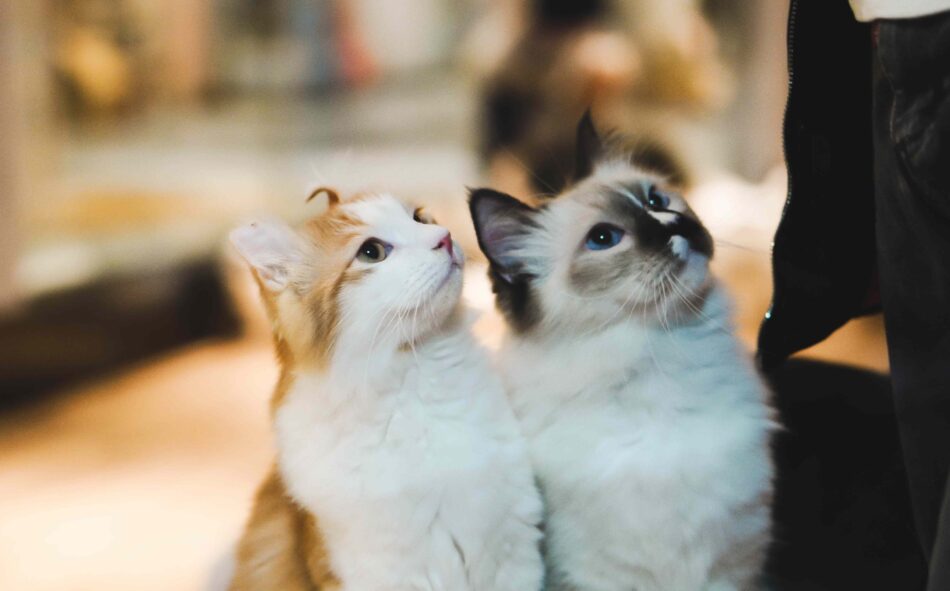
Photo by Kelly on Unsplash
Introducing a new cat can be a difficult time for you and your already existing pet, but fortunately, it’s not impossible to make multi cat households work. So after a bit of advice, hopefully the transition period will be a lot easier. However, should you notice any signs of aggression between your cats, it’s important to seek help from a veterinarian before these issues get out of control.
This entry was posted in Cats on September 7th, 2021 by yasmingibson
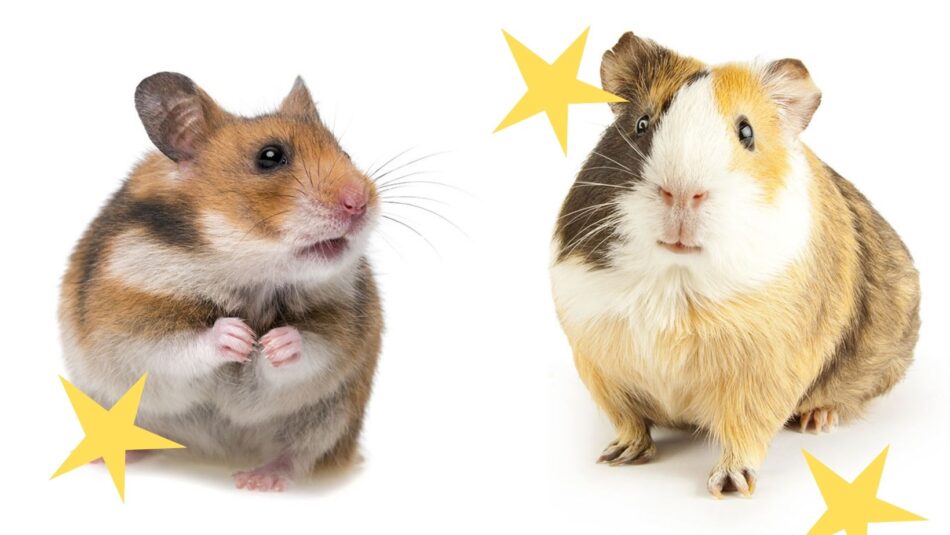
Hamsters and guinea pigs are relatively low maintenance pets that make a great choice for new pet owners. The two animals have several fundamental differences, though. Knowing what these differences are will help you make the right choice when choosing your pet.
Wild hamsters live across large areas of Europe and Asia, notably in Syria, China and Russia, which are the ancestral homes of most hamsters kept today as pets. These little rodents prefer dry, warm climates.
Guinea pigs are native to the mountainous regions of South America – Colombia, Ecuador, Peru and Bolivia. However, they belong to the same broad family as hamsters – the rodents. This kinship is a bit misleading, though, as the animals have distinctly different needs and dietary requirements.
Hamster vs Guinea Pig
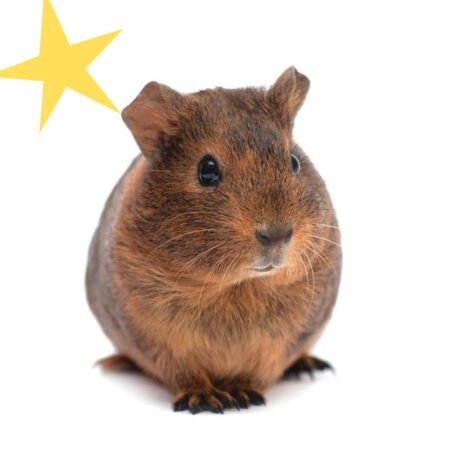 While these two critters do have things in common, their different habitats and ways of life mean that a hamster’s home setup is very different from that of a guinea pig.
While these two critters do have things in common, their different habitats and ways of life mean that a hamster’s home setup is very different from that of a guinea pig.
One major thing that differentiates hamsters and guinea pigs is lifespan. Hamsters have shorter lifespans than guinea pigs, generally living for 2 to 4 years. This is because they are small and have metabolisms that work much faster than their guinea pig cousins. Guineas generally live from 5 to 8 years, with some individuals reaching 10 years.
Another key difference between the two is their size. As we mentioned above, hamsters are much smaller than guinea pigs, with the average size being in the region of 5-15cm. Even the smallest guinea pigs are larger than the biggest hamsters, with the average guinea being 20-30cm long. This means that guinea pigs need larger enclosures.
While the size of the animal and its enclosure needs to be considered, these factors don’t have a huge impact on general pet care. The following differences are the ones that need to influence your decision.
The four main differences between hamsters and guinea pigs
1. Sleeping patterns
This is possibly the biggest difference between the two species. Hamsters are generally nocturnal creatures, which means they prefer the nightlife. Many hamster owners will be able to tell you how their hamster starts running in its squeaky wheel at 1am!
Guinea pigs, on the other hand, are mostly active during the day, taking naps whenever they feel the need. Rather than sleeping for one long spell each day, they recharge their batteries whenever they feel like it. They do tend to sleep more during the night, though.
2. Social needs
Hamsters and guinea pigs have completely different social needs. In the wild, guinea pigs live in groups of three to ten individuals. They have evolved to be social animals and will soon become sad and stressed if they are denied this interaction. Lonely guinea pigs have even been known to die when left in isolation for too long.
For this reason, it is highly recommended that owners should keep at least two guinea pigs. Keeping just one can work as long as someone is willing and able to step in and do the socialising. Because of their need to be with other animals, guinea pigs will be much more willing than hamsters to spend time, play and interact with humans. This factor – and their handy habit of sleeping at night – can make them the superior choice for children who want to play with their pets.
Hamsters are loners. That, at least, is the case with the Syrian or Golden hamster, which is by far the most popular pet hamster species. While they can live with companions, the other hamster species are perfectly happy – and may in fact be even happier – living on their own. Many hamsters that are kept together can become aggressive towards one another, especially if two males are being kept in close quarters.
If looked after properly and hand-tamed from an early age, hamsters will form a bond with their owners and will be glad to spend time with them. An unsocialised hamster will often bite, though, and this is another offputting thing for children.
3. Diet
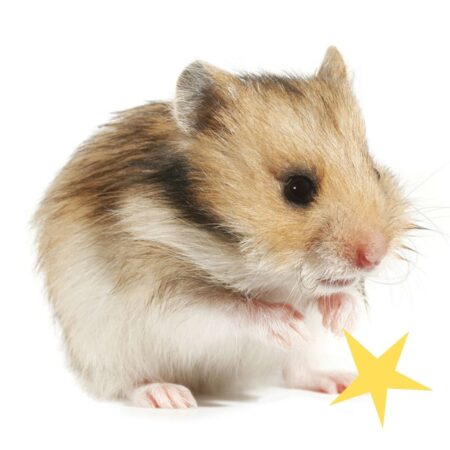 The dietary requirements of hamsters and guinea pigs are probably the most significant difference between the two species. Hamsters are omnivorous and will eat pretty much anything they can find. They famously store food in their cheeks for later, making their cute faces puff up, almost doubling the animal’s size.
The dietary requirements of hamsters and guinea pigs are probably the most significant difference between the two species. Hamsters are omnivorous and will eat pretty much anything they can find. They famously store food in their cheeks for later, making their cute faces puff up, almost doubling the animal’s size.
The easiest option for feeding a hamster is to buy a pre-made food mix that has all the things they need, rather than sourcing your own insects and extra protein to supplement the plants and vegetables in their diets. You can feed your hamster fresh fruit and vegetables, as long as they are washed, and as long as they don’t completely replace the hamster mix. Grains and cereals make a good addition to their diets, too. Also, be sure to provide your hamster with something to chew on, such as a piece of wood or some straw, as this helps keep their teeth in check.
Unlike hamsters, guinea pigs are vegetarian. In the wild, they eat fruits, plant roots and – most importantly – lots of high-fibre grasses. As with hamsters, domestic guinea pigs should be fed a specially made food mix. However, these often have lots of carbohydrates and not enough fibre. For this reason, your guinea pigs will also need lots of fresh vegetables, fruits, grass and hay alongside their food mixes. Hay is crucial for keeping the guinea pigs’ teeth in check, and it also ensures a healthy balance in the stomach bacteria the animals need for digesting their food efficiently.
4. Space
Hamsters are always kept indoors, as they need to be kept somewhere consistently warm. Being small creatures, they don’t need a huge amount of living space, and an enclosure such as the Qute can be incorporated into a room as an attractive part of the furniture as long as they are taken out of the cage for daily exercise and play.
Guinea pigs, in contrast, need a larger hutch and a run, as they are not only bigger than hamsters but need to be kept in groups. Some are kept indoors throughout the year, but if you have space for a guinea pig run in the garden, the animals will love it, and children will be able to interact with their pets in the most effective way.
The upshot here is that a hamster can be easily accommodated if you only have a small indoor space, but a guinea pig can’t.
Overall, both hamsters and guinea pigs make great pets, and both are low maintenance. The key differences between the two are size, lifespan and diet. When choosing which of these wonderful little animals to keep, it mainly boils down to personal preference. As long as you care for them properly, they will soon form a close bond with you.
This entry was posted in Guinea Pigs on September 7th, 2021 by linnearask



 While these two critters do have things in common, their different habitats and ways of life mean that a hamster’s home setup is very different from that of a guinea pig.
While these two critters do have things in common, their different habitats and ways of life mean that a hamster’s home setup is very different from that of a guinea pig. The dietary requirements of hamsters and guinea pigs are probably the most significant difference between the two species. Hamsters are omnivorous and will eat pretty much anything they can find. They famously store food in their cheeks for later, making their cute faces puff up, almost doubling the animal’s size.
The dietary requirements of hamsters and guinea pigs are probably the most significant difference between the two species. Hamsters are omnivorous and will eat pretty much anything they can find. They famously store food in their cheeks for later, making their cute faces puff up, almost doubling the animal’s size.